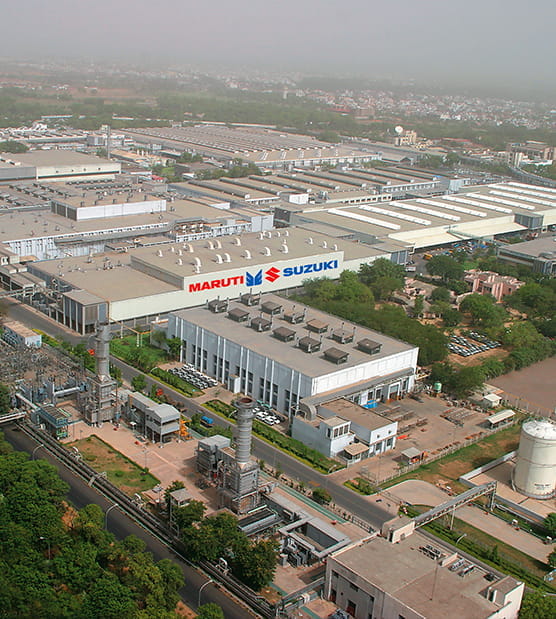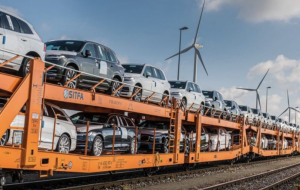(ATF) India’s largest automobile maker Maruti Suzuki India (MSI) made a much-heralded green pivot earlier this year by discontinuing the production of diesel-powered engines with the onset of stricter BS-VI engine emission regulations.
Now, the company appears to be retreating on that progress, bowing to consumer demand to produce next year more SUVs and multi-purpose vehicles that use BS-VI diesel engines in their power trains, according to industry sources. The auto maker’s new diesel engine will reportedly meet new emission requirements.
MSI’s decision to make more diesel-burning engines shouldn’t come as a surprise however.
When the company announced last year its diesel-engine production phase-out, its chairman RC Bhargava also left the door open for its return, stating that if there was enough demand for BS-VI diesel engines the company could cater to meet that need.
In July, MSI Executive Director of Sales and Marketing Shankara Srivastava also indicated that the company could start to build more diesel cars again. “Those customers who do not care about economics for running the car may still be buying the diesel cars and for that the company has said it is watching the market very closely,” he said.
Other car manufacturers in the country, for their part, including Hyundai India, Honda and others, still produce diesel-burning engines for their vehicles.
Green setback
MSI’s move, nonetheless, could be seen as a set-back for India’s auto sector, the fourth largest in the world. So far this year, more than 21.5 million vehicles were sold domestically, according to Statistica data. Passenger vehicles and two-wheelers continue to dominate the market.
India also remains the world’s third-largest energy consumer after China and the US, and is the third largest GHG emitter, much of that due to its use of diesel.
The fuel remains the most-consumed oil product in the country, accounting for nearly 40% of its petroleum product consumption yearly. It’s used primarily for commercial transportation and, to a lesser degree, in the industrial and agricultural sectors.
As such, air pollution in the country of more than 1.3 billion people also remains a serious problem with associated health risks. A worldwide survey in 2019 by Swiss air quality technology company IQAir found that 21 out of the 30 most polluted cities in the world were in India, making the country the fifth most polluted country in the world. Vehicle exhaust fumes makes up around 30% of the country’s GHG emissions.
However, to its credit, MSI still appears to be pursuing a build-up of its hybrid auto models. The car maker already producers eight models that run on cleaner burning compressed natural gas (CNG), and appears to be positioning itself to market parallel hybrid technology developed by its parent, Japanese multi-national Suzuki Motor Corporation (SMC).
“MSI managing director Kenichi Ayukawa told media earlier this year that, “We are planning to bring in parallel hybrids (to India), we have the hybrid system, point is localization.”
CNG-powered vehicles already make up around 9% of the company’s overall vehicle sales, while the fuel costs less than dirtier-burning gasoline and diesel. Both gas and diesel have seen price increases over the last few weeks in India, corresponding to increased global oil prices.
India imports most of the crude oil it needs, and has to pass on higher fuel costs to end users.
What the future could look like
Last month, the Indian Ministry of Petroleum and Natural Gas met with representatives from the country’s auto industry to discuss the use of alternative fuels, including ethanol and CNG.
Representatives from manufacturers, including Honda Cars India, Hyundai India, and others attended as did officials from the Society of Indian Automobile Manufacturers (SIAM).
The government, for its part, has been advocating the use of bio-fuels, hydrogen fuel cells, and electric vehicles as alternative fuels for automobiles.
In a White Paper last year, the SIAM proposed making gas powered two-wheel vehicles and passenger cars compatible with 10% ethanol (E10) and 3% methanol (M3) blends by 2025.
Besides ethanol blends, the four-wheeler industry could benefit from the increased reach of CNG infrastructure, driving sales of CNG vehicles to reduce CO2 as well as reduce import bill, the organization said. India’s most recent green pivot in its transportation sector came last month when oil minister
Dharmendra Pradhan announced that domestic companies will spend the equivalent of $1.35 billion over three years to build 1,000 liquefied natural gas (LNG) vehicle fuelling stations along 6,000 km of main roads, as well as industrial corridors and mining areas.
“Even if the LNG vehicle segment achieves 10% market share in a fleet of 10 million trucks, it will have a positive impact on reducing emissions and substituting crude,” Pradhan said last month at a foundation-laying ceremony for 50 stations.
READ MORE: New energy vehicles driving demand for China’s rare earths
READ MORE: Diesel switch could help India go greener quicker






















